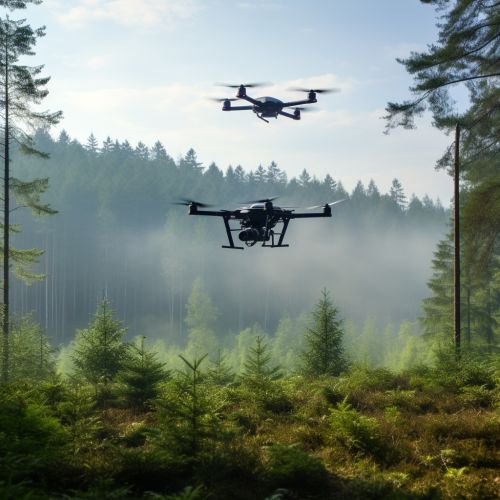Conservation biology
Introduction
Conservation biology is an interdisciplinary field that focuses on the protection and management of Earth's biodiversity. It aims to mitigate the effects of anthropogenic activities on ecosystems and species, and to maintain the natural balance of the biosphere. Conservation biology combines principles from ecology, population genetics, biogeography, anthropology, and economics to achieve its goals.
History
The term "conservation biology" was first used in the 1970s, although the concept has been around for much longer. The field has its roots in the natural history studies of the 19th and early 20th centuries. Pioneers like Aldo Leopold, who advocated for a "land ethic" that recognized the intrinsic value of nature, laid the groundwork for modern conservation biology. The discipline gained momentum in the 1980s, with the establishment of the Society for Conservation Biology and the publication of the journal Conservation Biology.
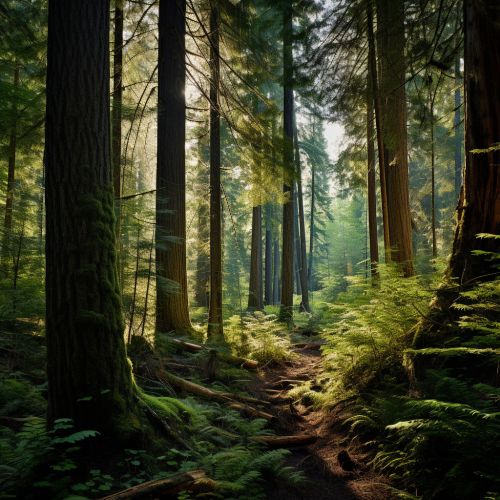
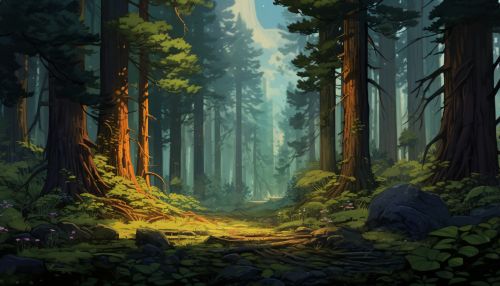
Principles
Conservation biology is guided by several key principles. These include the recognition of the intrinsic value of biodiversity, the understanding that complex interactions govern ecosystems, and the belief that science should inform policy decisions. Conservation biology also acknowledges that humans are part of ecosystems and that preserving biodiversity can benefit society.
Biodiversity
Biodiversity, a central concept in conservation biology, refers to the variety of life on Earth. It encompasses genetic diversity within species, the diversity of species within ecosystems, and the diversity of ecosystems themselves. Biodiversity is important for the stability of ecosystems and the services they provide, such as pollination, water purification, and climate regulation.
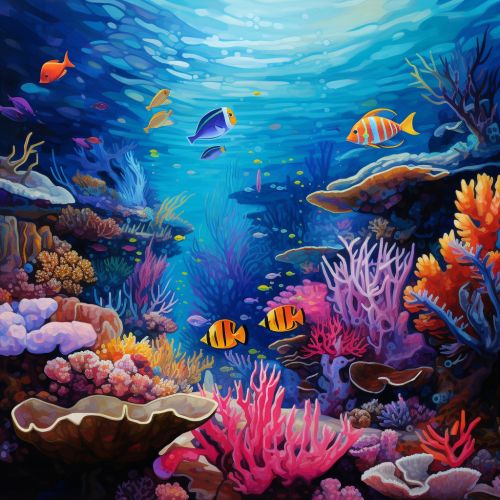
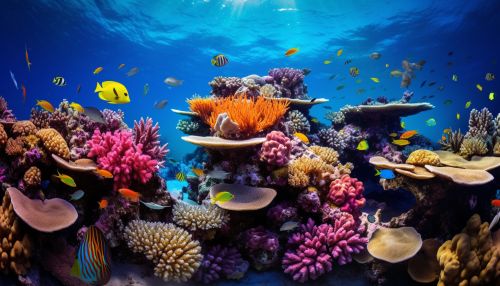
Threats to Biodiversity
Biodiversity is under threat from a variety of sources. Habitat loss, due to activities like deforestation and urbanization, is the primary driver of biodiversity loss. Other threats include climate change, overexploitation of resources, pollution, and invasive species. These threats can lead to species extinction, which has cascading effects on ecosystems and the services they provide.
Conservation Strategies
Conservation biology employs a range of strategies to protect biodiversity. These include the establishment of protected areas, the restoration of degraded habitats, and the reintroduction of threatened species. Conservation biology also involves efforts to mitigate climate change, manage invasive species, and promote sustainable use of resources.

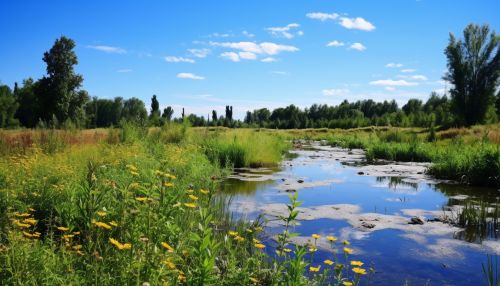
Conservation Genetics
Conservation genetics is a subfield of conservation biology that focuses on the genetic diversity within species. It uses techniques from molecular biology to study genetic variation, population structure, and gene flow. This information can be used to inform conservation strategies, such as captive breeding programs and the design of protected areas.
Conservation and Society
Conservation biology is not just about protecting nature for its own sake, but also about preserving the benefits that biodiversity provides to humans. These include ecosystem services, like food production and climate regulation, as well as cultural and aesthetic values. Conservation biology also recognizes the importance of incorporating local and indigenous knowledge into conservation efforts.
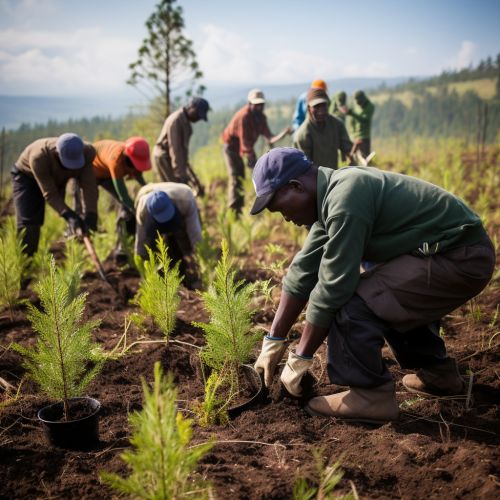
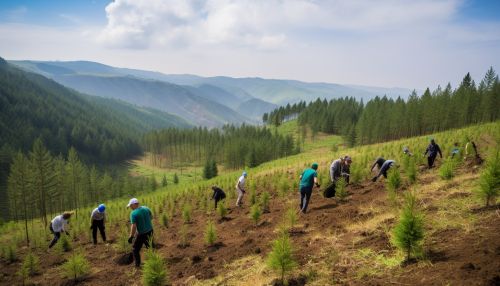
Challenges and Future Directions
Despite the progress made in conservation biology, many challenges remain. These include the ongoing loss of biodiversity, the impacts of climate change, and the need for more effective conservation policies. Looking ahead, conservation biology will need to continue to evolve and adapt to meet these challenges. This will likely involve greater integration with other disciplines, more emphasis on social and economic factors, and increased use of technology in conservation efforts.
